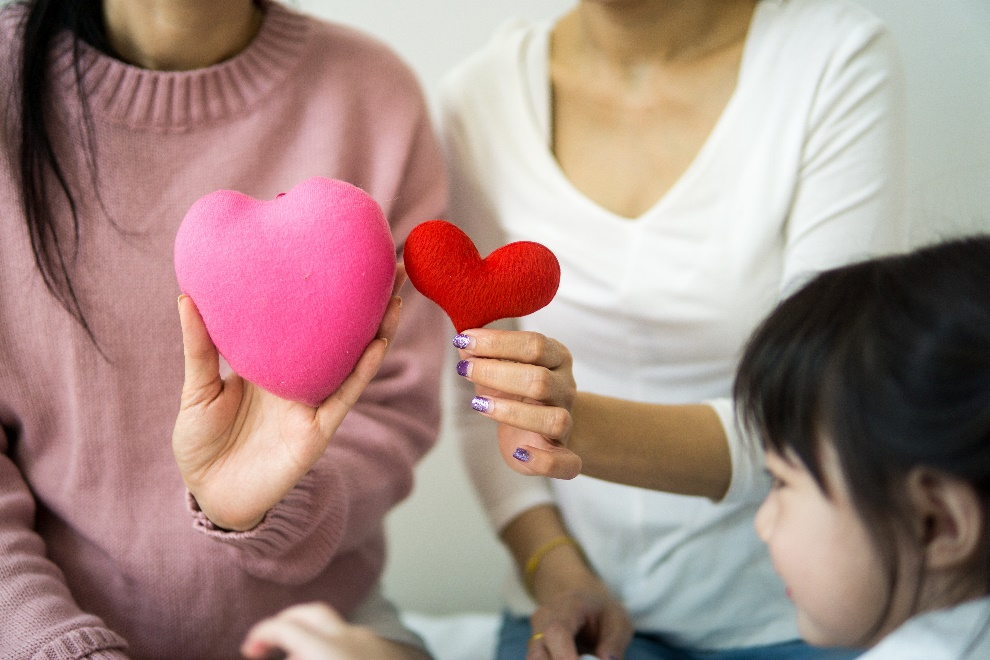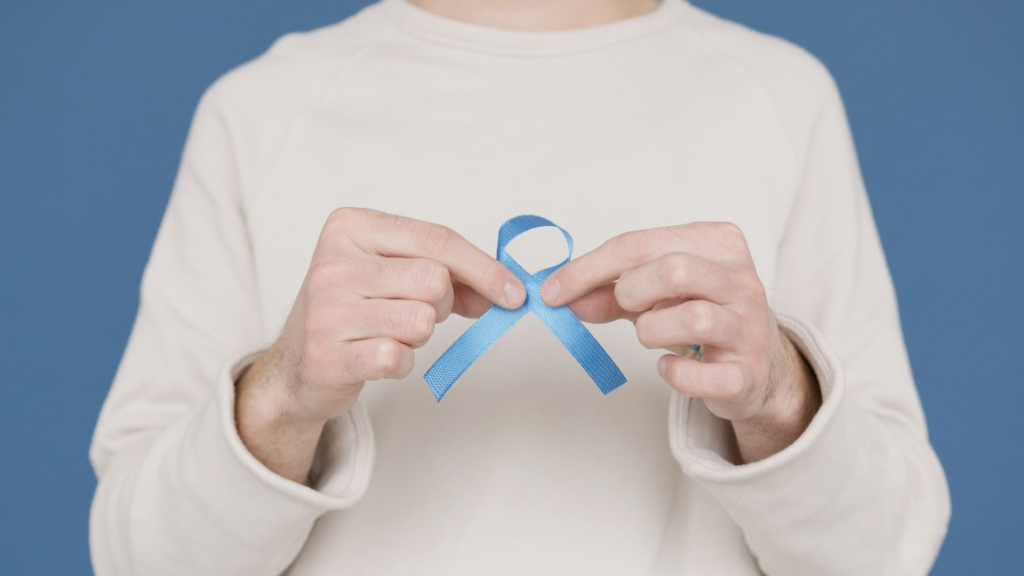
How Do Phlebotomists Draw Blood From a Neonate?

Often, neonates require certain medical tests to ensure they’re healthy and growing well. However, the process of collecting their blood samples differs from that of an adult’s—because, infants require special care. Phlebotomists make sure that they handle infants with care, and the blood drawing process is made as comfortable as possible.
Learn more about how they do their job, and why infants need specific blood tests.
What Does a Phlebotomist Do?
A phlebotomist is a person who carries out lab tests by collecting blood samples for medical care. They use either a needle, or a lancet to carry out the process. These tests are done on adults, children, and infants for preventative and diagnostic care. The reasons might include ruling out jaundice, counting the number of platelets, etc.
Why Does a Newborn Need a Blood Test?
Usually, newborns need blood tests to determine whether they have any metabolic disorders, but there are other reasons for conducting tests too. From thyroid dysfunction to sickle cell anemia, and cystic fibrosis to jaundice—newborns need tests for several different reasons.
Moreover, sometimes neonates develop infections and abnormalities in their red blood cells. Doctors recommend tests for newborns to identify any illnesses or chromosomal disorders.

How Does a Phlebotomist Draw Blood From a Newborn?
Dermal puncture is the most efficient way to draw blood from a newborn baby. A phlebotomist pricks the infant’s heel gently to collect a blood sample. Phlebotomists prefer this method as it doesn’t involve needles, and is easier for the baby to bear. Here’s how phlebotomists do it:
- They make sure that the baby is in a comfortable position. Sometimes, an infant draw table is used, while other times, the parent’s lap is enough.
- Then they use a heel warmer pad, which ensures the blood capillaries dilate and yield maximum blood upon pricking. During this step, the baby’s foot becomes considerably warm to touch.
- Next, they hold the baby’s foot gently in one hand, and a tender foot massage begins. This makes the blood flow better.
- Then, the phlebotomist uses an alcohol pad to wipe the foot, and lets it dry before gently squeezing their heel. They attach the lancet against the bottom of the heel, and then press the trigger. The lancet swipes across the heel in a quick fashion.
- Next, they collect the blood by allowing it to drip from the heel. To hasten the process, a heel massage is done.
- The blood droplets collect into the bullet tube, and the phlebotomist wipes the foot clean with a soft cotton pad.
Are You Looking for Phlebotomy Services in Baltimore?
Phlebotomy on Wheels can help! We are a Mobile Blood Lab Baltimore, and can come to your doorstep for convenient lab services. Babies are at an increased risk of infections, and home is the best place for them to get their tests done. To learn more about our phlebotomy services, check out our website today.


